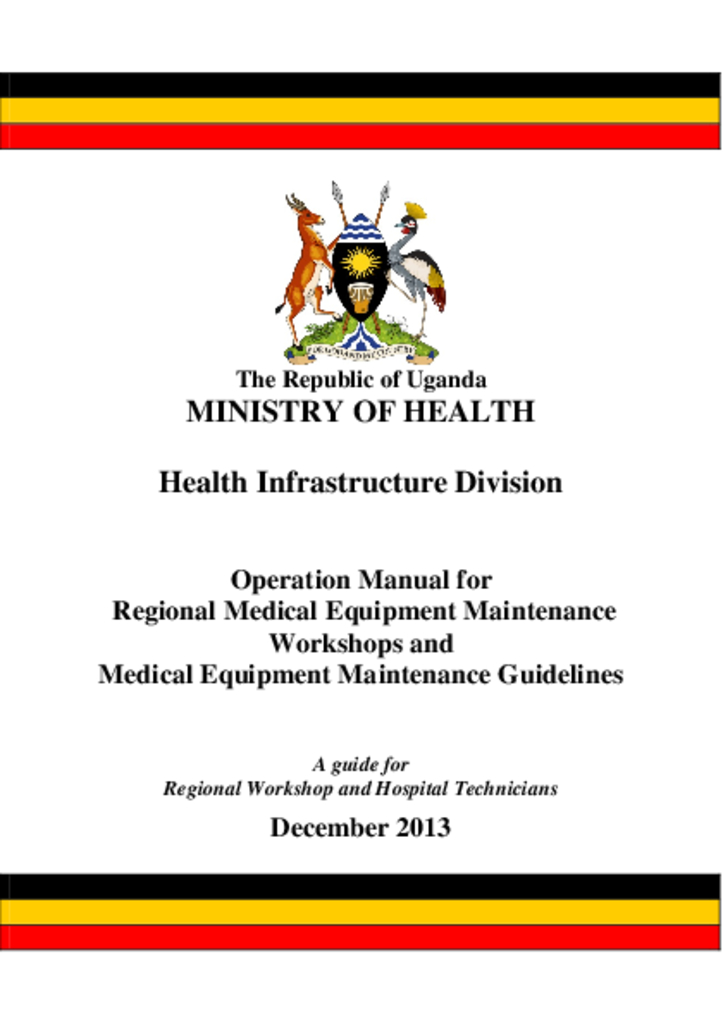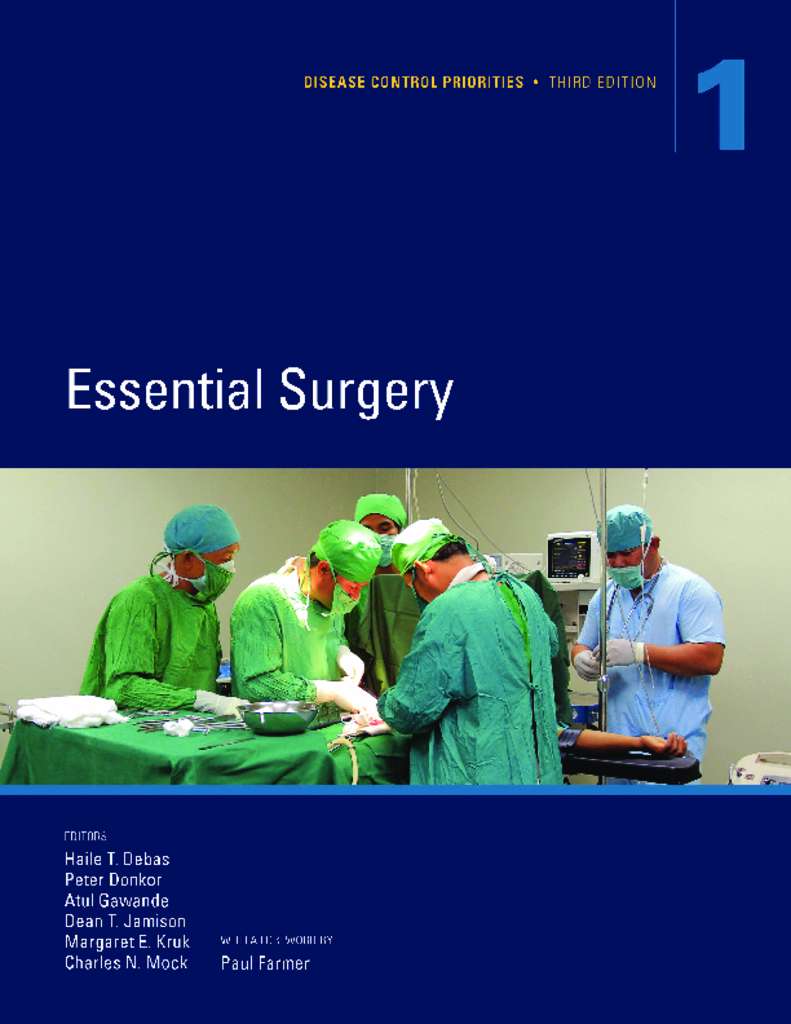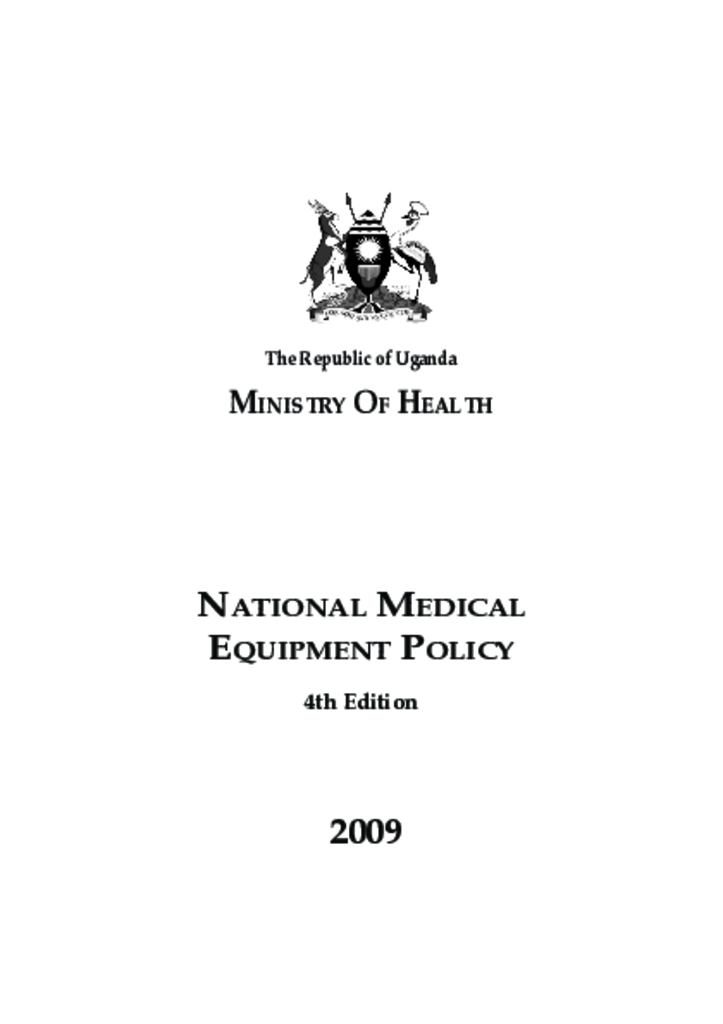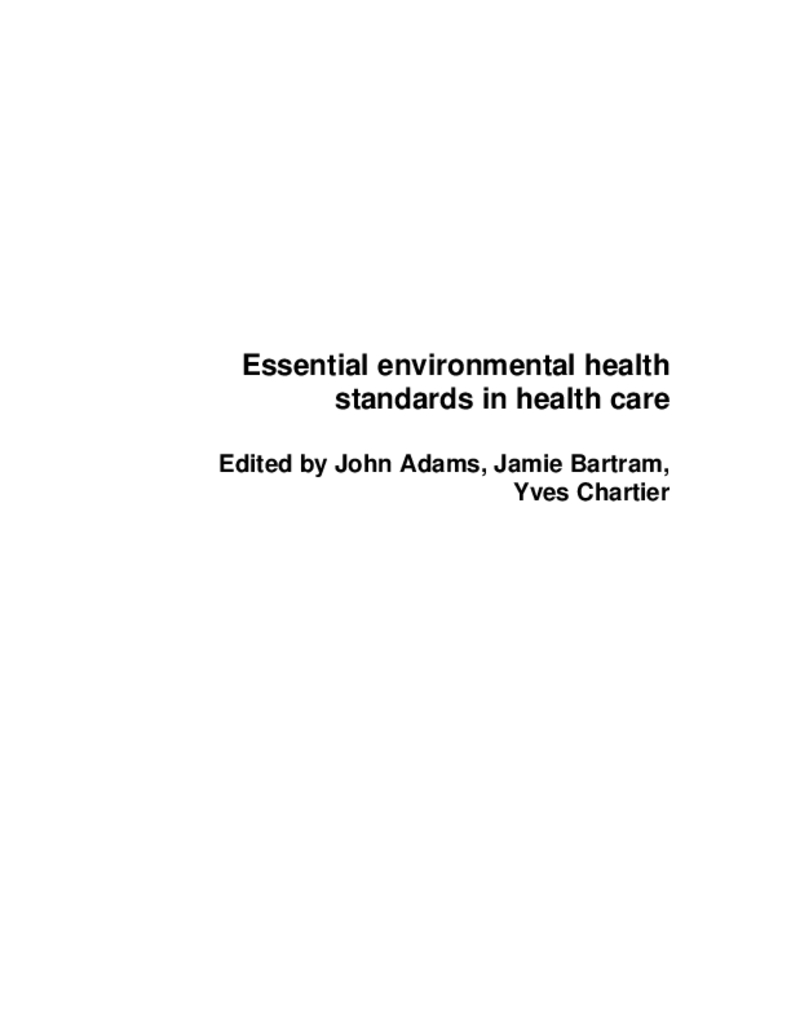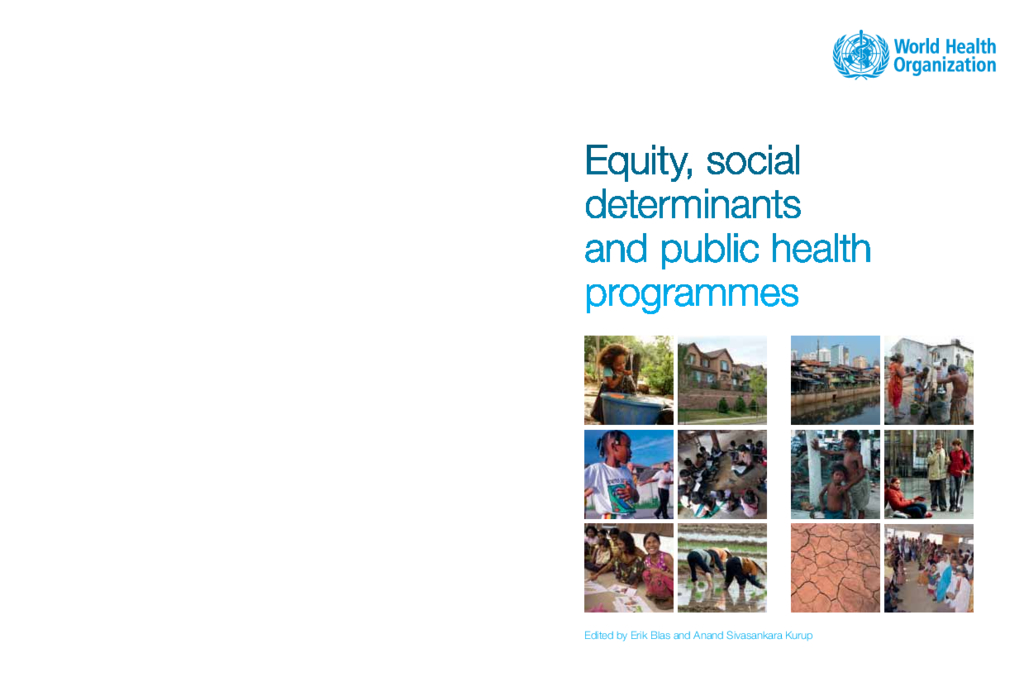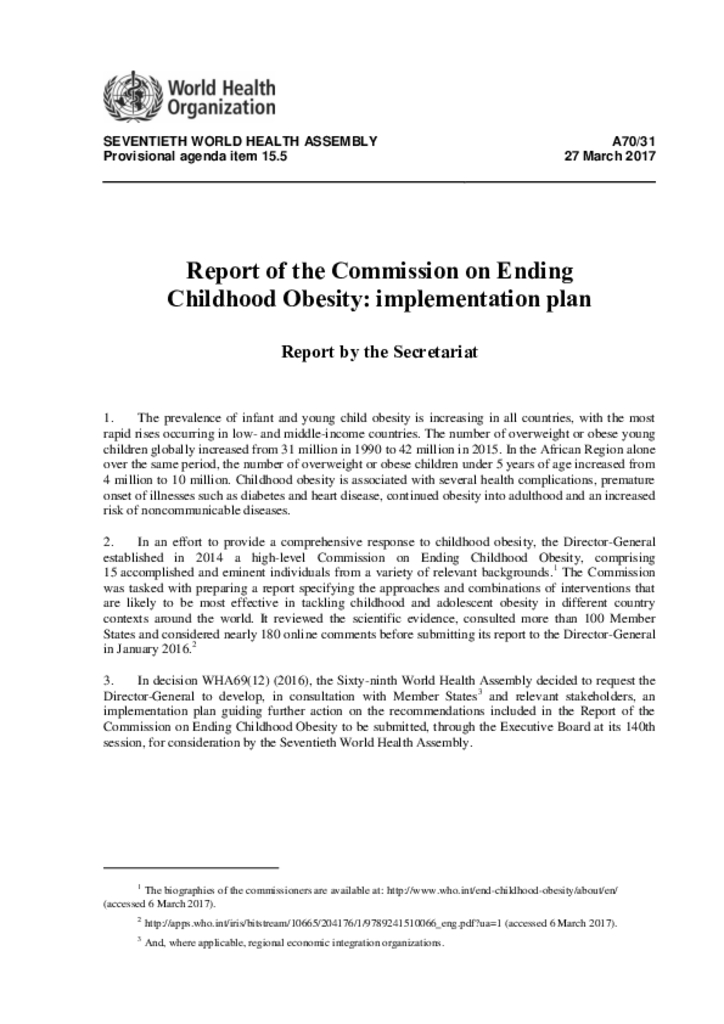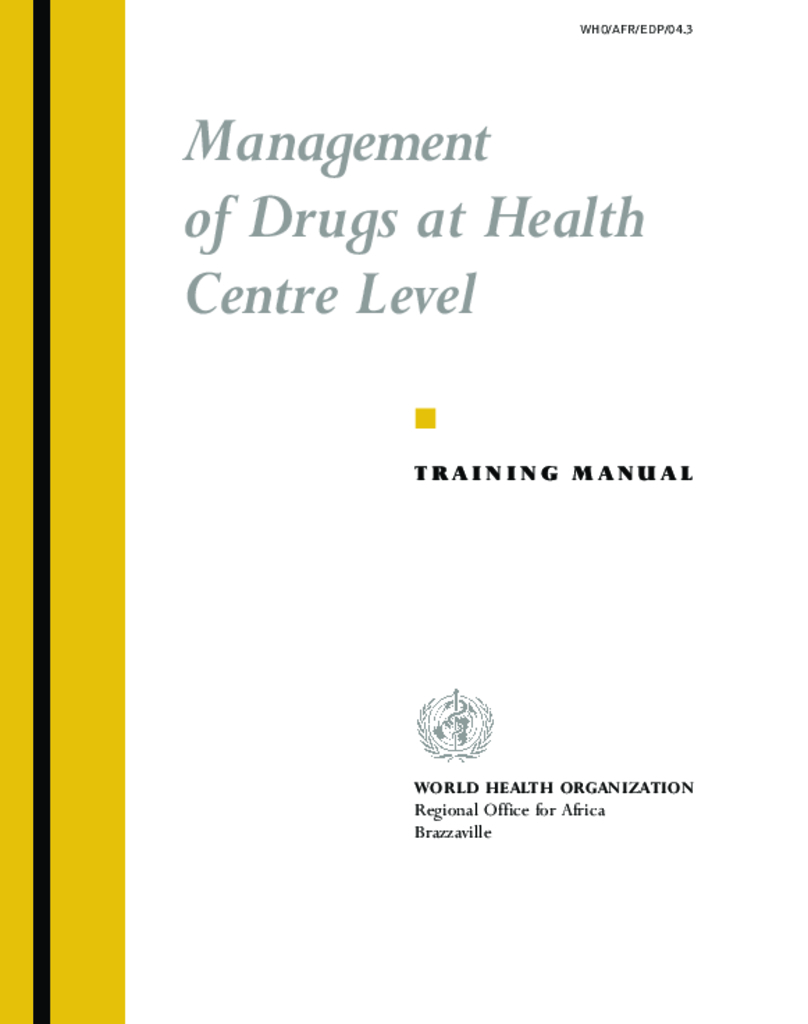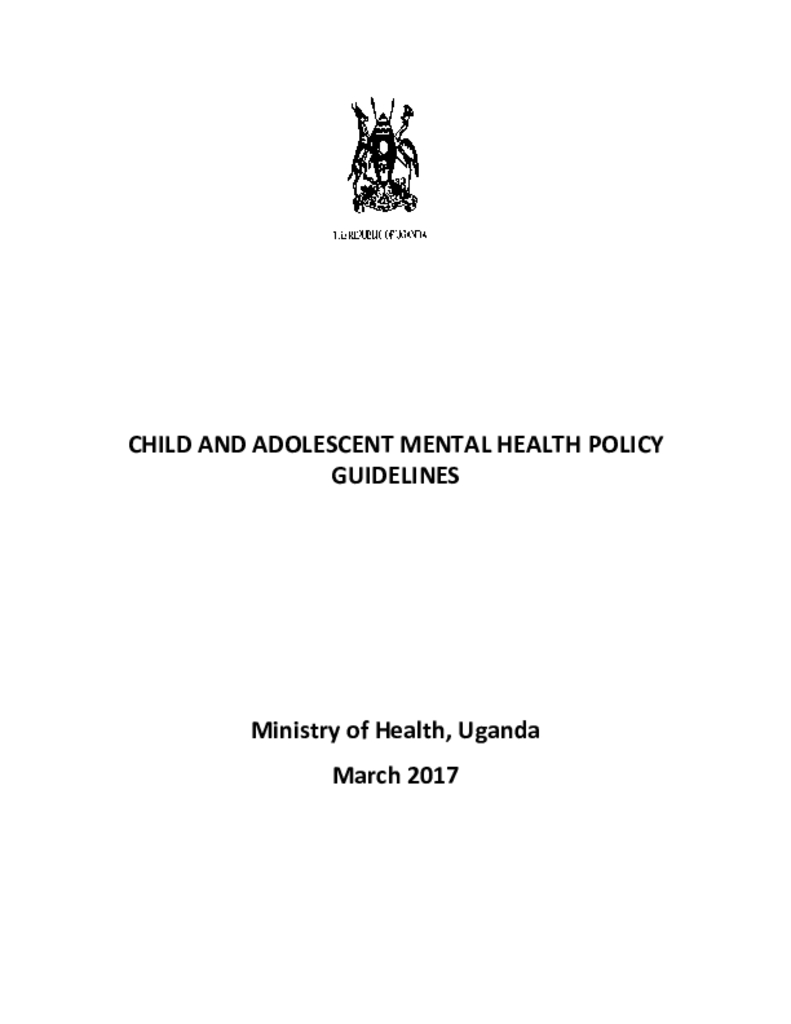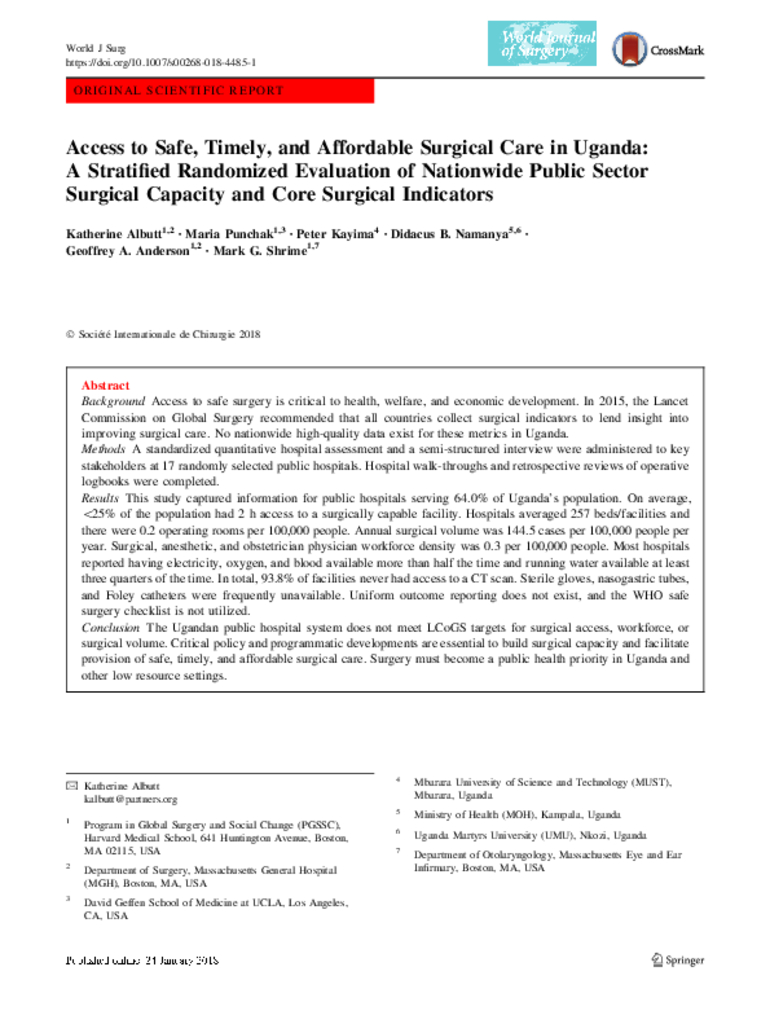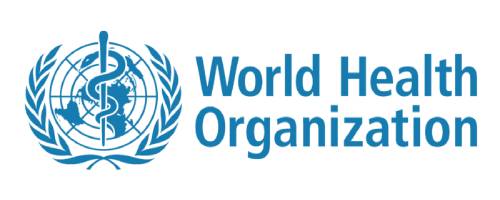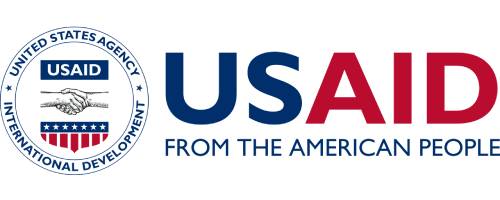This manual helps to streamline the operations of the Regional Medical Equipment Maintenance Workshops. Additionally, the Maintenance guidelines will facilitate first-line Maintenance to be undertaken by both the Users of the equipment and technicians in a well-structured and safe manner.
This manual is an essential reference book for the Regional Medical Workshops to plan, manage and execute basic maintenance using the prepared guidelines; and ensure adequate and proper maintenance of the most common essential Medical Equipment.
Essential Surgery reflects an increased emphasis on health systems relative to previous editions of Disease Control Priorities. This volume identifies 44 surgical procedures as essential on the basis that they address substantial needs, are cost-effective, and can feasibly be implemented. This chapter summarizes and critically assesses the volume’s key findings:
Medical equipment represents a substantial asset in the health care delivery system and needs to be managed efficiently. Moreover, the way in which it is purchased, managed, and used can influence the quality of health care delivered to patients. Medical equipment can pose a risk to patients and staff, particularly if used improperly
Essential environmental health standards in health care contains guidelines for setting standards of safety conditions to provide adequate health care. This document also recommends measures for minimizing the risk of health care-associated diseases for patients, staff and carers.3 These guidelines have been written for use by health managers and planners, architects, urban planners, water and sanitation staff, clinical and nursing staff, carers and other health-care providers, and health promoters.
The report of the Commission on Social Determinants of Health, issued in September 2008, challenged conventional public health thinking on several fronts. The report responded to a situation in which the gaps, within and between countries, in income levels, opportunities, health status, life expectancy and access to care are greater than at any time in recent history. As the report argued, improving the health of populations, in genuine and lasting ways, ultimately depends on understanding the causes of these inequities and addressing them.
This Health Facility Master List is a complete listing of both public and private health facilities in the country. There are 6,937 health facilities and each are established under unique administrative units i.e. Region, district, health sub-district, sub-county etc.
The need to uniquely identify health facilities in the country is of paramount importance for better health service delivery. Many countries do not have accurate and informed data on their health facilities yet this can facilitate effective monitoring of infrastructure development and services provided to their increasing population. Uganda has always suffered the same.
Various organisations including researchers have multiple lists of health facilities across the country. More so, the facilities differ not only in the information they contain but also in the way they are
named and identified. There is no common identifier to uniquely identify the facilities.
The prevalence of infant and young child obesity is increasing in all countries, with the most rapid rises occurring in low- and middle-income countries. The number of overweight or obese young children globally increased from 31 million in 1990 to 42 million in 2015. In the African Region alone over the same period, the number of overweight or obese children under 5 years of age increased from 4 million to 10 million. Childhood obesity is associated with several health complications, premature onset of illnesses such as diabetes and heart disease, continued obesity into adulthood and an increased risk of noncommunicable diseases.
Iodine, named after the Greek word for violet, was first observed as a violet vapour during the making of gunpowder at the beginning of the 19th century. Most of the Earth’s iodine exists in the ocean: sea water, fish and vegetation. It was present during the primordial development of the earth, but large amounts were leached from the surface soil by glaciation, snow or rain and carried by wind, rivers and floods into the sea.
The main purpose of the field testing was to ascertain the suitability of the material for teaching drug management to health workers who are given the responsibility of managing drugs, particularly at the health centre or other similar levels. Most of these health workers have had no formal training in drug management.
Until the outbreak of an exotic communicable disease or other dramatic event, the elaborate infrastructures and mechanisms that protect public health on a daily basis often go unnoticed and attract little media1 interest. In the midst of a public health emergency2 the situation becomes very different as the demand for information rapidly escalates. Only recently has the true extent to which media communication3 directly influences the course of events been recognized. Good communication can rally support, calm a nervous public, provide muchneeded information, encourage cooperative behaviours and help save lives. Poor communication can fan emotions, disrupt economies and undermine confidence
The Child and Adolescent Mental Health Policy Guidelines are designed to promote Mental Health and prevent Mental, Neurological and Substance use disorders among children and adolescents. These guidelines are a statement by the Government of Uganda to set a clear direction in development of Mental, Neurological and Substance abuse control services and as such, aim to ensure that these services are readily accessible to all children and adolescents in Uganda. The Policy Guidelines represent the views and recommendations of a wide range of stakeholders across government sectors, civil society, private sector, adolescents and the general public.
Access to safe surgery is critical to health, welfare, and economic development. In 2015, the Lancet Commission on Global Surgery recommended that all countries collect surgical indicators to lend insight into improving surgical care. No nationwide high-quality data exist for these metrics in Uganda. Methods A standardized quantitative hospital assessment and a semi-structured interview were administered to key stakeholders at 17 randomly selected public hospitals. Hospital walk-throughs and retrospective reviews of operative logbooks were completed.
